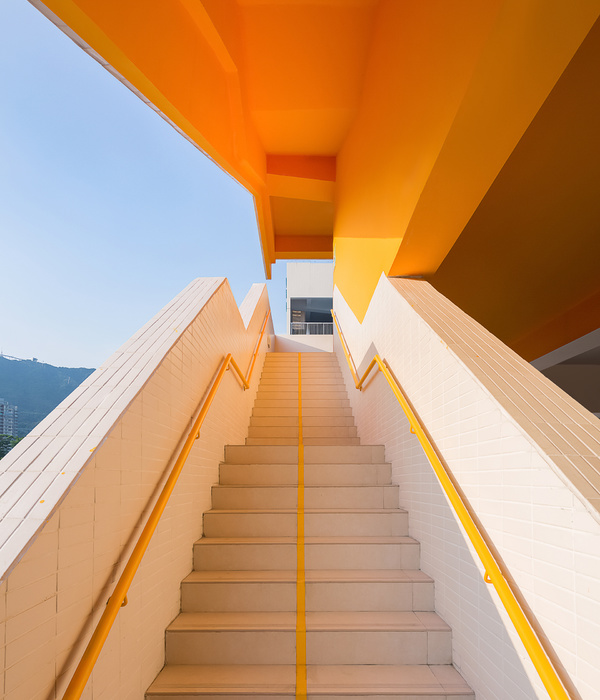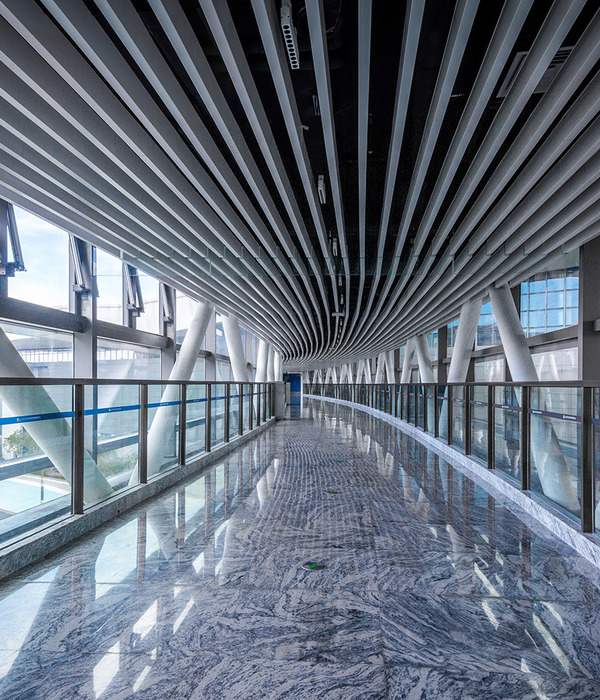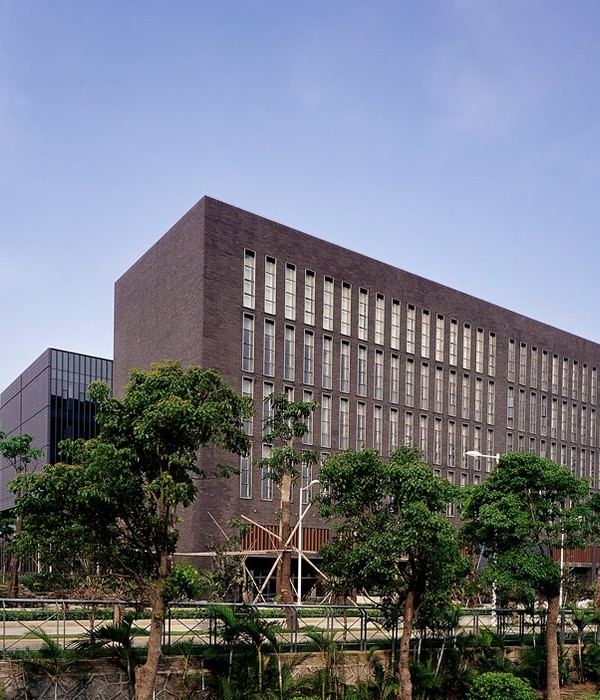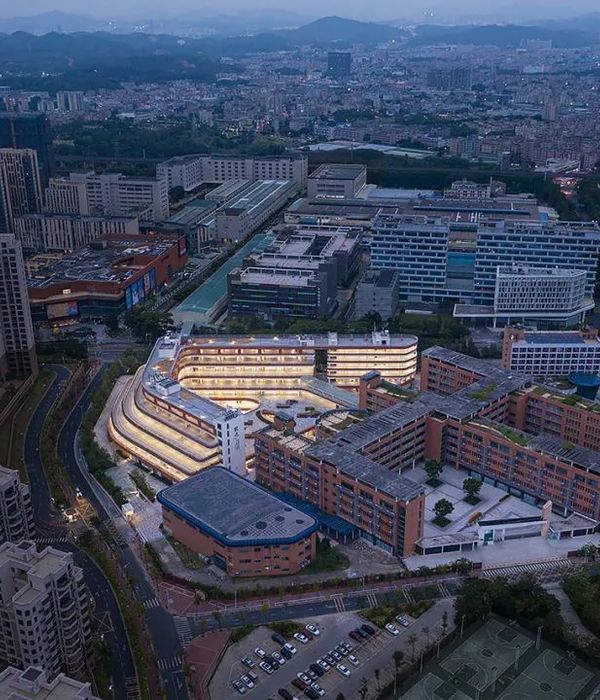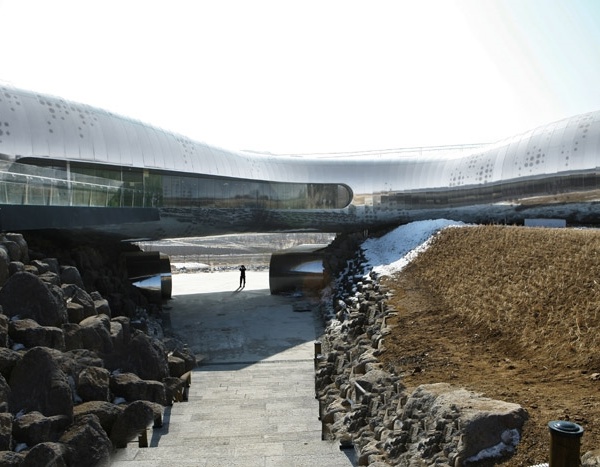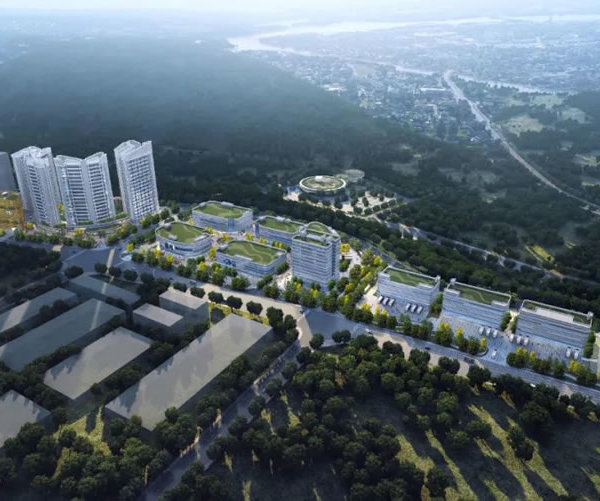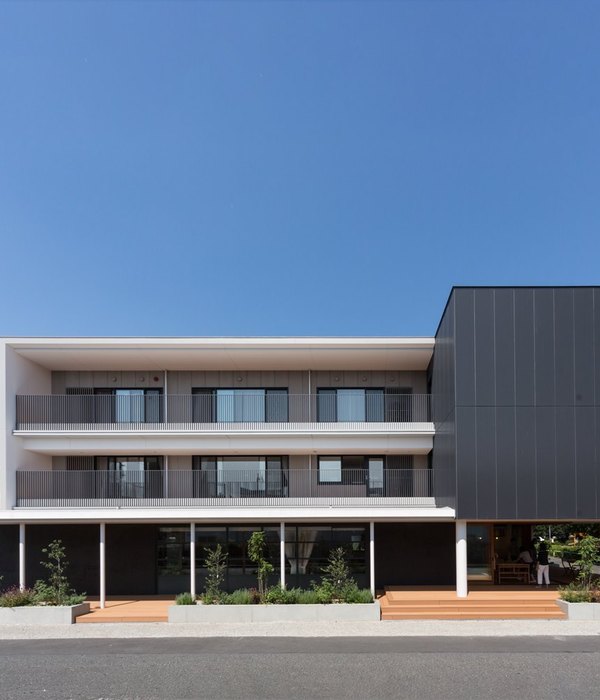Partners in Charge: Bjarke Ingels, Jakob Lange
Project Leader: Sören Grünert
Team: Erik Berg Kreider, Adi Krainer, Ashton Stare, Cheyenne Vandevoorde, Cristian Lera, Daniele Pronesti, Derek Wong, Domenic Schmid, Evan Wiskup, Francesca Portesine, Kristian Hindsberg, Lam Le Nguyen, Lasse Kristensen, Linda Halim, Maureen Rahman, Ovidiu Munteanu, Pei Pei Yang, Ryan Duval, Stephen Steckel, Terrence Chew, Thomas Christoffersen, Veronica Moretti
“With Hyperloop One we have given form to a mobility ecosystem of pods and portals, where the waiting hall has vanished along with waiting itself. Hyperloop One combines collective commuting with individual freedom at near supersonic speed. We are heading for a future where our mental map of the city is completely reconfigured, as our habitual understanding of distance and proximity – time and space – is warped by this virgin form of travel.” Bjarke Ingels, Founding Partner, BIG.
The design is based on a study of how an urban and inter-city transport network should integrate with existing infrastructure. Hyperloop is autonomous, point-to-point and vastly simplifies the experience of getting from front-door to final destination. The locations of the initial route in the UAE are selected by passenger density and proximity to existing or planned transportation hubs. All of the portals are designed as individual answers to different contexts, yet appear similar and easily recognizable.
All elements of the travel experience are designed to increase convenience and reduce interruptions. The main objective of the design is to eliminate waiting from the passenger experience. Hence, the stations are called portals. All departure gates are immediately visible upon entering the portal, and a simple numbering system allows passengers to quickly identify them. Passengers will travel in pods that have room for 6 people. The pods are contained within a transporter, a pressure vessel attached to a chassis for levitation and propulsion that can accelerate the transporter to 1,100km/h.
Passengers board the next pod that is available, which moves onto a transporter to their final destination. The relatively small unit-size of the pods paired with a high arrival- and departure-rate allows for on-demand travel. Different interior environments and seating arrangements offer passengers a travel experience tailored to their needs, whether traveling solo or in groups, for business meetings or casual trips.
The pods operate autonomously from the transporter, which means they are not limited to the portal area and can move on regular roads and pick up passengers at any point. At portals, pods are loaded onto the transporter and hyperjump to another portal, where they merge onto the street and drop passengers off at their final destination.
{{item.text_origin}}

